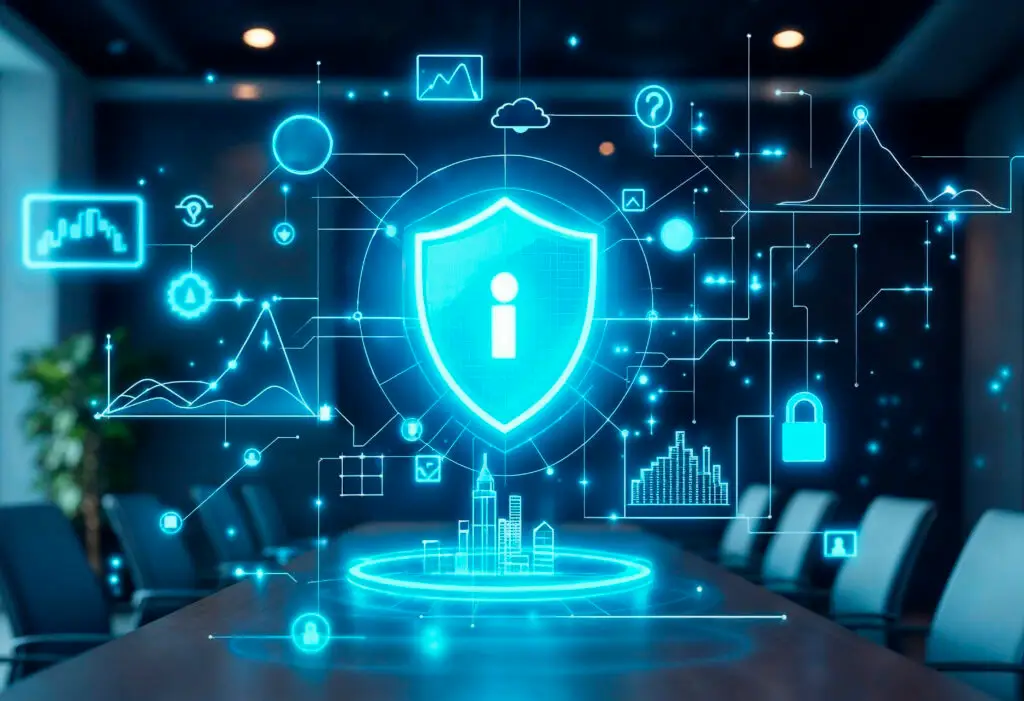
In today’s digital age, cybersecurity has become a critical necessity for businesses and individuals alike. With cyber threats growing in sophistication, understanding cybersecurity services, best practices, and emerging risks is essential to safeguarding sensitive data. This guide explores the fundamentals of cybersecurity, common threats, and actionable steps to enhance protection—whether you’re an individual, a small business, or a large enterprise.
We’ll also discuss key cybersecurity services like penetration testing, threat detection, and risk management to help you build a robust defense strategy.
Cybersecurity refers to the practice of protecting systems, networks, and digital data from cyberattacks, unauthorized access, and data breaches. It encompasses a range of technologies, processes, and best practices designed to defend against threats such as malware, phishing, ransomware, and hacking.
Businesses rely on cybersecurity services to ensure compliance, safeguard customer data, and maintain operational continuity. Key components of cybersecurity include:
– Network security – Protecting internal networks from intrusions.
– Endpoint security – Securing devices like laptops and smartphones.
– Cloud security – Ensuring safe data storage and access in cloud environments.
– Data encryption – Scrambling data to prevent unauthorized reading.
– Identity and access management (IAM) – Controlling user permissions.
Cybercriminals employ various tactics to exploit vulnerabilities. Below are the most common cybersecurity threats:
Malware (malicious software) includes viruses, worms, trojans, and spyware designed to damage systems or steal data.
Cybercriminals impersonate trusted entities via emails or messages to trick users into revealing passwords or financial details.
A type of malware that encrypts files and demands payment for their release, often targeting businesses.
Overwhelms a system with traffic, causing downtime and disrupting services.
Employees or contractors with malicious intent (or negligence) can expose sensitive data.
Hackers exploit unknown vulnerabilities before developers can patch them.
To mitigate risks, businesses and individuals should implement strong cybersecurity strategies. Below are key protective measures:
– Enable multi-factor authentication (MFA) for accounts.
– Implement biometric verification where possible.
– Patch vulnerabilities in operating systems, firewalls, and applications.
– Automate updates to prevent exploitation.
Penetration testing (ethical hacking) helps identify security weaknesses before attackers do. Regular cybersecurity audits ensure compliance and resilience.
– Use AI-driven cybersecurity services to detect anomalies.
– Monitor networks with SIEM (Security Information and Event Management) systems.
– Train staff to recognize phishing scams.
– Establish security policies for data handling.
– Follow the 3-2-1 backup rule: 3 copies, 2 different media, 1 offsite.
– Use encrypted cloud storage for secure backups.
For businesses, partnering with cybersecurity service providers ensures:
– 24/7 threat monitoring
– Incident response planning
– Compliance with regulations (GDPR, HIPAA, PCI DSS)
Read: Why Proactive Cybersecurity Consulting is Your Survival Strategy?
Cybersecurity is no longer optional—it’s a necessity in an era of escalating cyber threats. By understanding common risks like malware, phishing, and ransomware, and implementing strong defenses such as penetration testing, employee training, and cybersecurity services, organizations can significantly reduce their vulnerability.
Stay proactive, invest in the right security tools, and continuously update your cybersecurity strategy to stay ahead of attackers.
Need Expert Help?
If your business requires professional cybersecurity solutions, consider consulting a cybersecurity services provider for tailored protection.
